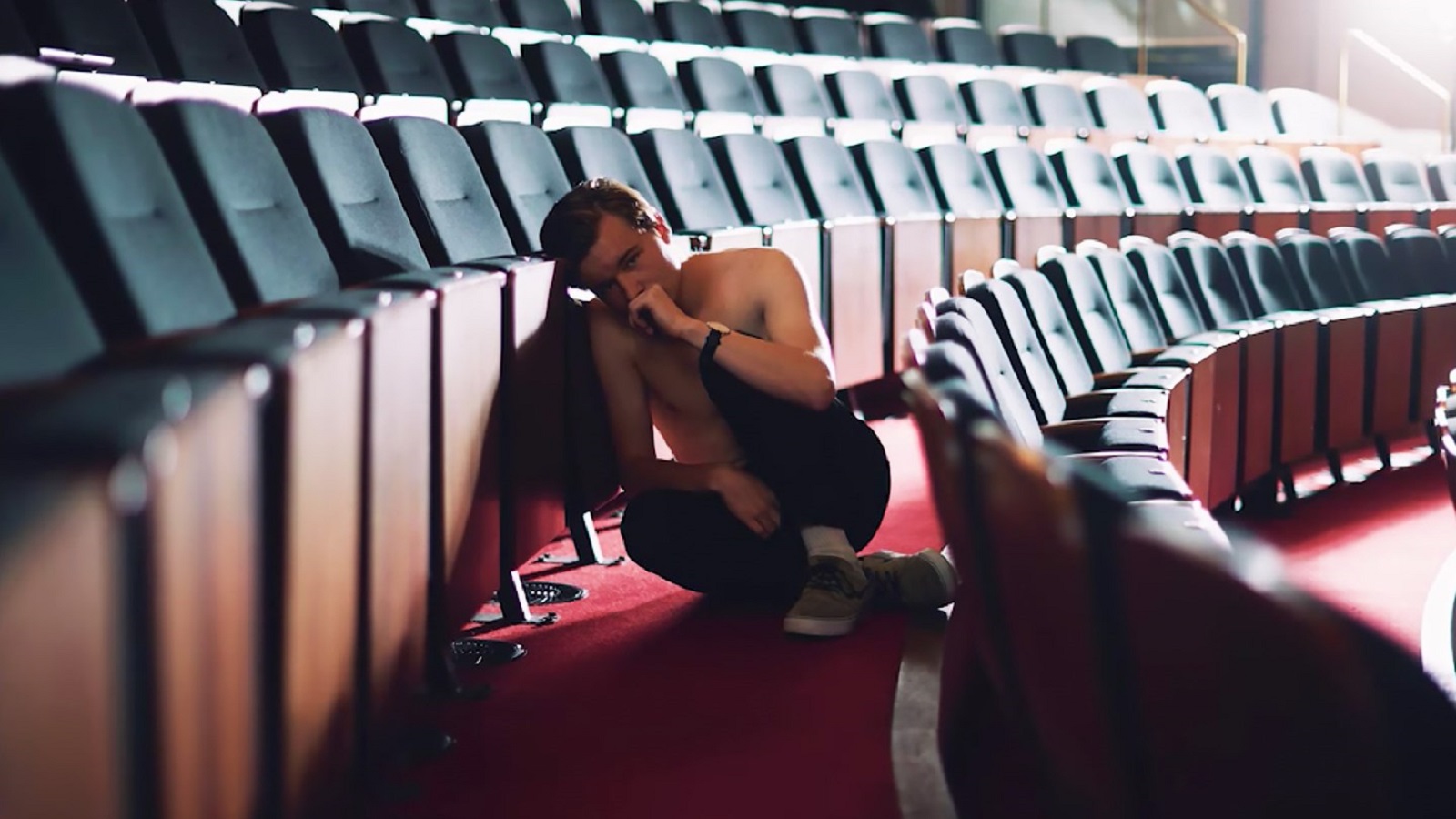Does a photograph depend on the object in front of the camera? Or is it shaped by the person standing behind it? This week’s #ThrowBrandThrusday aims to find an answer both to these questions. Well… not us per se, but Canon Australia and the creatives at Leo Burnett Sydney are the ones who gave it a shot. Back in 2015, the partners carried out an interesting experiment to find out what lies behind a good photograph.
Titled “The Lab,” the visual experience was specially designed to provoke photographers’ creative thinking and see how their imagination works behind a camera’s lens. Canon hand-picked six photographers for each of their six adventures. The protagonists were put in charge of capturing the subjects in front of them based on various criteria whilst the brand was in charge of recording the artists’ reactions and the steps they had to take for a good ‘shot’.
The experiment kicked off with “Decoy — A portrait session with a twist,” an experience that gives multiple meanings to an image. The session starts with the photographers being told different stories about their subject, Michael, who is cheekily presented as an inmate, a millionaire, or a recovering alcoholic.
With such different backgrounds, it’s no wonder that the resulted photos come out extremely different from one another. When the photo session is over, the artists are invited to examine the whole exhibition, which, contrary to their expectations, is nothing that they supposed it would look like.
“When we take images, as a person we are never neutral towards the object we photograph, but rather a sum of all our thoughts, experiences and prejudices. ‘The Lab – Decoy’ demonstrates this little human flaw in this unique photographic experiment,” concludes the brand. Here’s a glimpse of what the six portraits looked like based on different stories.
The following experiences unfolded with different scenarios. For example, throughout one of the visual adventures, the participants were asked to shot images of a dancing couple while an annoying voice in their heads dictated what to do next to them. Actually, what the photographers heard during the session were, in fact, some of their doubts.
“Is the light good?” “I’m not so sure about this composition,” or “Nice isn’t enough. Be more creative” are just a few of the thoughts that haunted the artists during the photo session. But did they manage to get those extraordinary results that would impress even their greatest critic, their inner voice? Watch the video below and discover that by yourselves!
Have you ever wondered what happens when a chef combines his passion for cooking with the rich imagination of a professional photographer? Food porn might be the answer and JWT Amsterdam’s chef and photographer did exactly that. Now, have you ever thought how their pictures might have looked if the photographer couldn’t see a thing? Would the ‘snaps’ come out as a disaster or an exquisite piece of art? That’s what the next Canon experiment is all about!
With their eyes wide shut, the artists were asked to try a dish and then include its details in a photo. They had to rely on their other senses to craft their final result. Check the next video to do what the photographers couldn’t – to see.
Now, to answer the question that started today’s #TBT journey—and after we traveled through this one-of-a-kind voyage—we’d say that a photo is shaped by what’s behind the camera rather than what’s in front of it. Canon proves that too. How about you? What gives a photo its distinctive note? Let us know by sharing your opinion in the comment section below.
Credits:
Client: Canon
Agency: Leo Burnett
